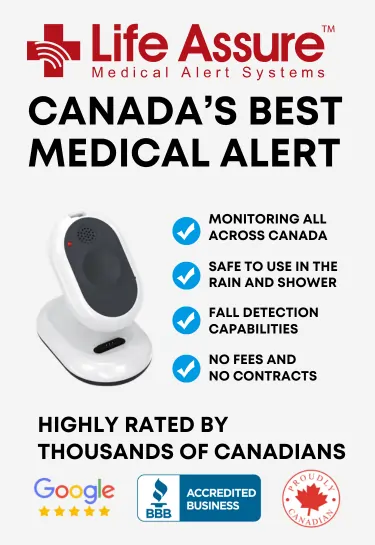Tips to Pass the Seniors Driving Test with Confidence
Driving is more than a way to get around. For many seniors, it means freedom, independence, and the ability to stay connected with family, friends, and community. This is why the thought of taking a driving test at this stage of life can feel stressful.
It is natural to worry about vision checks, paperwork, or remembering the rules. The test is not designed to take away your keys but to make sure you are safe and confident on today’s roads.
Cars, signs, and traffic patterns have changed, and the test gives you the chance to show that your skills are still sharp. With a little planning and calm practice, you can walk in prepared and ready.
Life Assure Product Quiz
Take our 30 second quiz and discover which Life Assure medical alert device is the right fit for you or a loved ones.
Life Assure Product Quiz
Take our 30 second quiz and discover which Life Assure medical alert device is the right fit for you or a loved ones.
Why are driving tests for Canadian seniors important?

Driving keeps daily life moving, like going to the grocery store, doctors, church, and family visits. However, safe roads matter for everyone. A seniors driving test helps confirm skills that match today’s traffic. The cars have changed, and so have the rules.
There are new signs, brighter headlights, faster lanes, and busier parking lots. The senior road test checks vision, hearing, and reaction time. It also checks judgment at lights, turns, and crosswalks.
In addition, the test can catch small issues early. A simple mirror tweak may fix a scary blind spot. On the other hand, the test builds confidence. You prove your skills and drive home proud.
Practical Tips to Pass the Senior Driving Test
The following tips help Canadian seniors handle the driving license road test with ease.
Use a visor and polarized lenses to manage glare
Glare can make signs and lanes hard to see, especially at sunrise or sunset. Use your car’s visor to block direct light. Polarized sunglasses, preferably gray lenses, reduce brightness without distorting colors.
Keep your windshield and mirrors clean inside and out, since film or dust can make glare worse. After dark, set your inside mirror to night mode. If glare is still a problem, slow down and leave extra space between you and the car ahead.
Keep hearing aids ready
Good hearing helps you notice sirens, horns, and backup beeps. Charge your hearing aids the night before the test. Bring your case and spare batteries, just in case. However, keep the car quiet during the drive. Turn off the radio and close windows at speed.
Test the chime sounds in your car, like seatbelt and door alerts. In addition, tell the examiner you wear hearing aids. Clear communication helps both of you.
If your aids have different modes, choose the everyday setting. You need balanced sound, not heavy noise filtering, for road awareness.
Adjust seat, wheel, and mirrors for easy reach
Start with seat height so your hips sit slightly above your knees. This eases leg motion on pedals and helps blood flow. Keep your chest at least ten inches from the airbag. Tilt and telescope the wheel so elbows bend comfortably. The wrists should rest on top of the wheel when reaching.
In addition, angle the seat back enough to support your shoulders. Now set mirrors to reduce blind spots, and nudge the side mirrors outward until the car body barely disappears. However, still do head checks before lane changes. Mirrors will help, but eyes confirm everything.
Wear the right shoes
Pedal feel is a big deal, so choose closed-back shoes with thin, firm soles. They grip well and give clear feedback from pedals. Avoid soft slippers, thick boots, heels, and loose slides. Those can slip or catch while switching pedals.
Practice a quiet heel pivot between brake and gas. Keep the right foot centered and steady. In addition, check for floor mats that creep forward. A bunched mat can trap a pedal. However, do not stack extra mats for height. Raise the seat instead; it’s safer and steadier.
Bring the right driving license papers
Having all your papers ready reduces stress before the test even begins. Carry your current license, appointment confirmation, vehicle registration, and proof of insurance.
Make sure your inspection or smog check is up to date. If your license requires glasses or contacts, bring them. Some states also require a medical card if you have restrictions. Keep everything in a folder so check-in is simple and smooth.
Go through the key Canadian road rules

Revise yourself on the basics. At four-way stops, the first to arrive goes first, and if cars arrive together, the one on the right goes. Know when you can turn right on red, and watch for “No Turn on Red” signs.
The single yellow flashing arrow instructs that you have to yield and then make the turn. Never pass the school bus for any reason if the bus is extending its stop arm. It should also be noted that you must reduce your speed and change lanes in the case of an emergency vehicle approaching.
Maintain a minimum distance of three seconds between you and the car in front, and lengthen it to four in case it is raining or the sun is glaring. At stop signs, always stop completely.
Check your medications
Some drugs may cause the decay of your mental capabilities or cause your eyes to become unclear. There are also some cough syrups that can cause tiredness. Create a simple list of all the medications you are taking, including vitamins and non-prescription products as well.
Ask your doctor or pharmacist about driving safety. In addition, discuss timing your doses away from test hours. For example, take a drowsy pill after the drive. However, never skip prescribed medicine without medical guidance. The goal is clear focus, steady hands, and safe reaction time.
Book a morning test when energy and light are better
Morning light is kinder to aging eyes, as the shadows are softer, and traffic runs lighter. Book the earliest available slot for your driving license test. Sleep well the night before, no big meals late. Eat a small breakfast and drink some water.
However, avoid too much coffee if it makes you jittery. In addition, check the forecast and plan for rain or wind. Practice the route at that same time of day. Your body learns the rhythm and flow. You’ll feel ready when the hour finally arrives.
Conclusion
The seniors driving test reminds one that experience counts, and preparation strengthens it. Some practices of smooth turns and stops, mirror and seat adjustments for comfort, revision of road rules, and scheduling your test at the right time of day are ways of giving yourself the best chance at success.




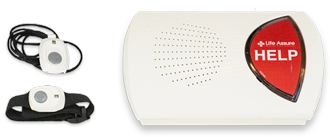


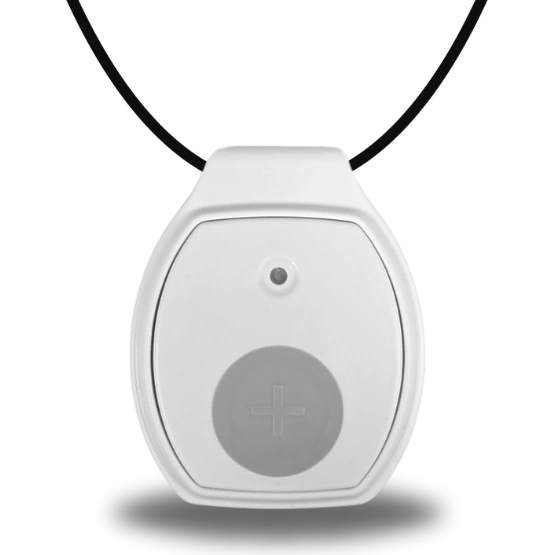
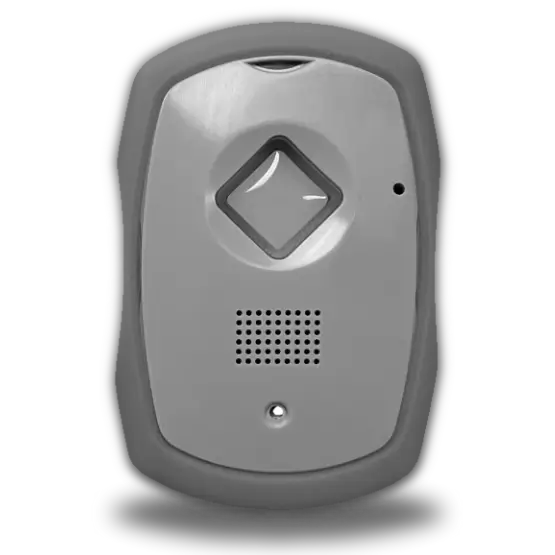


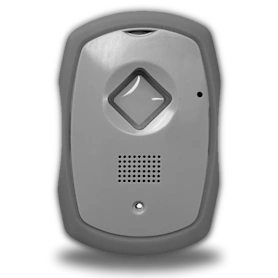
 Get Help With The Push Of
A Button
Get Help With The Push Of
A Button
